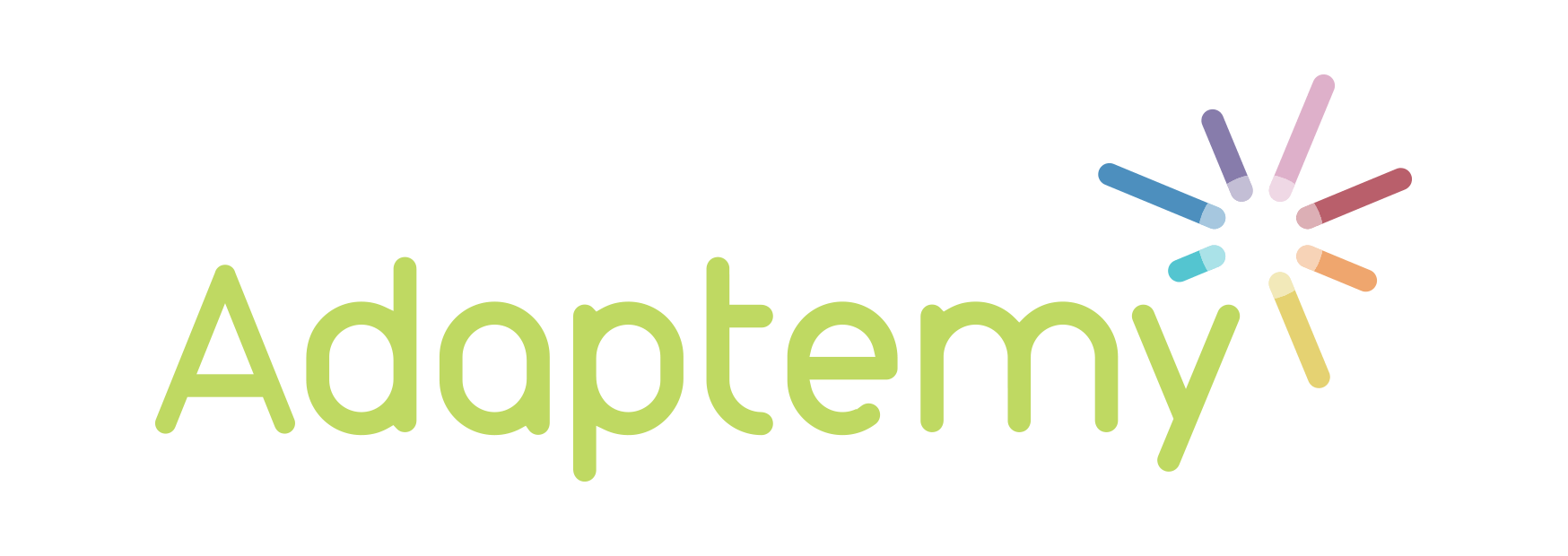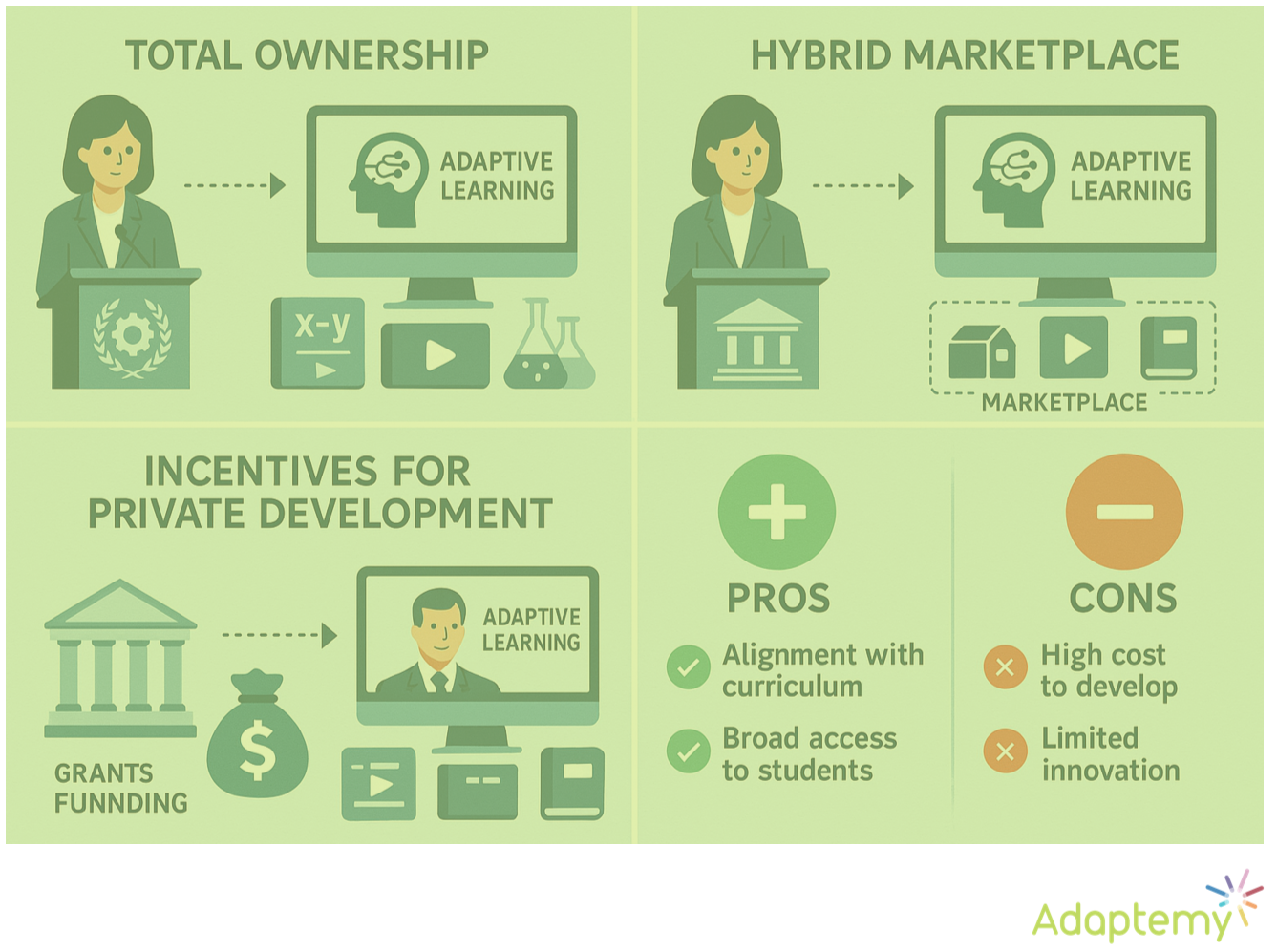
A classroom is the worst environment in which to learn a language. With 30 or so students in a class, verbal exercises turn a room into a cacophony of excitement and confusion. With feedback only from peers, learning is slow and hard to measure.
Psycholinguistic findings suggest that learning ‘in the wild’ engages implicit memory systems which help to deeply embed a language. The more aural and visual opportunities there are to experience a language, the better a student’s learning and understanding. Practise and language immersion are essential.
One-dimensional textbooks are unable to deliver these experiences. And so, hungry for a digital solution that can bring language learning to life, publishers are exploring the benefits of adaptive learning technology.
With its learner-first approach, the technology is focused on delivering improvements in learning outcomes and experiences, while its ability to deliver bespoke and comprehensive solutions mark it as a commercial gain and market differentiator.
So, how does the technology support languages?
How Adaptive Learning Technology Supports Languages
The biggest consideration for an adaptive learning solution is the learning design and curriculum map.
The first iterations of this technology were applied to maths subjects, where the path has clear dependencies (the learner must grasp addition and subtraction before moving on to multiplication.)
In language subjects, the path is formed by the layered spiral of interleaved practice. Directly linked to the European framework for language learning, this approach builds knowledge gradually, supplying a little at a time.
Learning the words and grammar of a language before talking about what you did on holiday is not required. Learning a few words and the relevant grammar, and having a basic conversation about your holiday is appropriate. This knowledge is then built upon, year-on-year.
Supporting Interleaved Practice
Our approach to building adaptive learning solutions begins with understanding this learning path. We use a curriculum mapping tool that empowers subject matter experts and editors to visualise the abstract path and build links between multiple subject matter elements.
The result is a comprehensive visualisation of the required interleaved practice and a number of ‘buckets’ that require content. The technology then stitches and re-stitches these elements together to present the learner with the next best piece of content as they interact with the solution.
The Adaptive Engine
This ‘stitching together’ is possible because of Adaptemy’s proprietary adaptive learning engine. Its subtle and accommodating approach allows for nuanced inferences about what is known and not known by the user. It’s this that makes the technology highly adaptive, not only to the student and subject but to the learning path too.
Responsive Learning
Beyond this however, adaptive learning adds considerable benefits even at a basic level.
For example, a student completing a traditional homework assignment has no idea if a word they are using is correctly spelt or used in the correct context.
Adaptive learning solutions provide students with this feedback instantly. This immediately engages users with relevant feedback, allowing them to quickly adjust and take ownership of their learning.
Used as a homework tool alone, it can help a student grasp the basics of language translation and sentence structure. Content sequencing can also ensure basic phrasing is embedded before more complex phrasing is approached.
As with all educational technology, it is vital to remember the irreplicable art of classroom dynamics. Language is about communication – the back and forth of a conversation. This works best when done face-to-face with a teacher, peers or native speakers.
Solutions like Adaptemy can improve skills and remove the frustration of one-way learning, but they must be used in conjunction with a range of other classroom tools and the precision, experience and context only a teacher can bring.
To learn more about Adaptemy and its application to languages, please contact us here.




